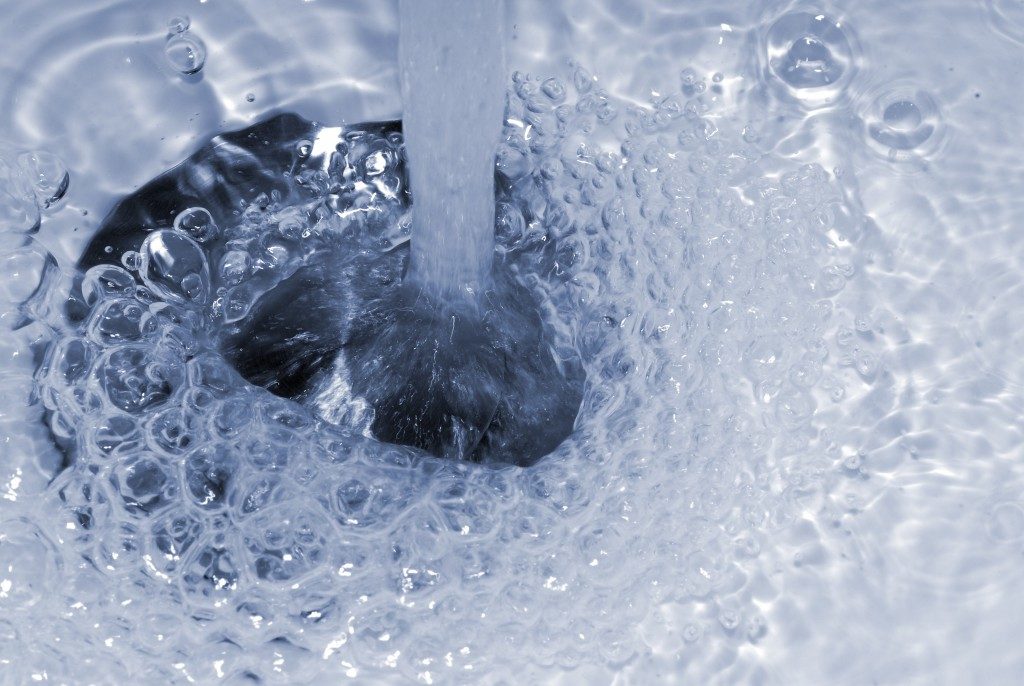In today’s world, growing global awareness and concern for the environment have made it essential to run business operations with a sense of ecological responsibility. Businesses need to practice sustainability from sourcing to production and distribution. This is often not merely an ethical consideration, but increasingly a matter of compliance.
If you operate a plant or small shop, for example, your business can not only set the standard for responsible practices but benefit from cost-effectiveness by quite literally cleaning up – particularly where wastewater is concerned. Whether it’s involved in the actual manufacturing process or as a cooling system, water effluent can be treated and reused to lower costs along with environmental impact. Here are some treatment options for wastewater that you can consider.
Filtration
There are different variations on this principle, but essentially you’ll be using a physical membrane to separate particles from the water. Many filtration systems rely on high pressure to drive water through the membrane while retaining sediments and suspended particles. Semi-permeable membranes can be used as well to better filter out salts.
The size and type of particles that can be filtered out will depend on the quality and type of membrane. Simple solutions such as paper beds or sand filters work for larger contaminants or oils. More selective and efficient membranes should be custom made; working with an experienced injection molding supplier will create the best filter for your specifications.
Centrifuge
Another option to facilitate physical sedimentation is the use of a centrifuge. This machine will create a deposit of sediment while the centrate liquid can be collected as runoff. It can be a preferable method for wastewater treatment in plants where collecting the sediment can minimize costs. For example, metal processing can yield metallic deposits via centrifuge treatment, which can then be sent back to the plant for reuse.
Vacuum evaporator
Evaporation is a natural process of purifying water by removing it from the contaminants. Industrial vacuum treatment of wastewater takes this principle and amplifies it, typically using heat and/or pressure to accelerate the process. The evaporated water is collected at high quality, while the effluent temperature is lower due to operating in a vacuum, which translates to energy efficiency.
Chemical
Depending on the type of wastewater you deal with at your site, chemical treatment may be an effective solution. Chlorine and ozone are commonly used to deal; there may also be specific proprietary chemicals, such as enzymatic cleaners, that are more effective against certain organic contaminants. Since the treated water now has elevated chemical levels, it’s often not suitable to feed back into the plant for reuse without further treatment. Thus, chemicals may work best when used together with other treatment methods.
Biological

If you deal with wastewater that contains a lot of organic matter, biological treatment methods could be another worthwhile option. Oils or food waste in the runoff can be tricky to deal with, but some microorganisms can be introduced to the wastewater in order to properly decompose the contaminants. You’ll still need a secondary method, such as filtration, to remove particulate matter.
Wastewater treatment isn’t just a consideration for massive industrial plants. Small and medium-scale enterprises also need to step up and help reduce water consumption in their various processes. Proper treatment of your operation’s wastewater is a path toward compliance and will also provide efficiency savings in the long run.



















